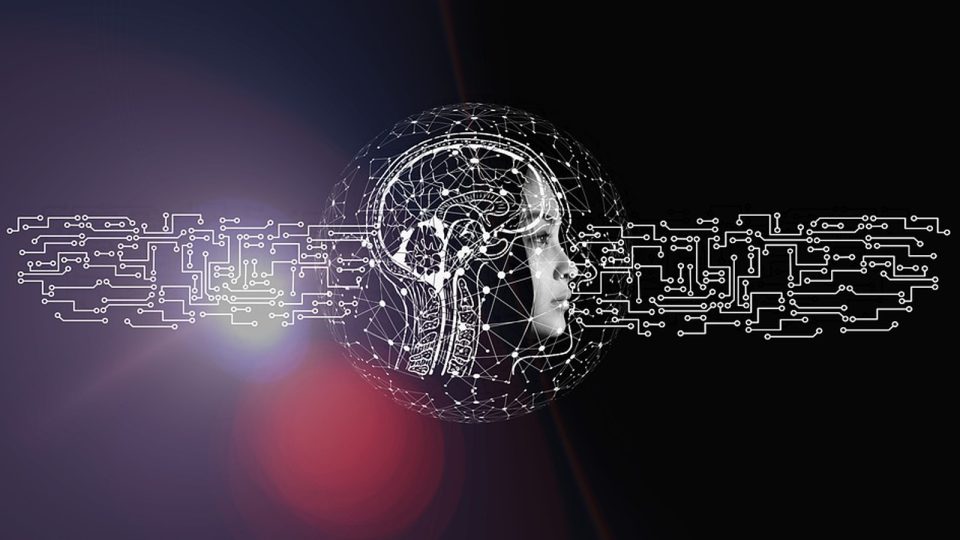A NYC area cyber security expert explains the increased cyber security risks of 5G IoT in a new article. The informative article first relates how 5G expands the capabilities for IoT applications such as self-driving cars, telemedicine, and smart cities.
 Read More: CIO Influence Interview with Logan Welley, Vice President of Alliances at Fivetran
Read More: CIO Influence Interview with Logan Welley, Vice President of Alliances at Fivetran
The author continues by describing how our hyperconnected environment introduces security challenges such as a greatly increased attack surface and neglected configurations and updates. She then advocates a holistic approach to mitigate risks that includes careful device selection, strong authentication policies, and timely firmware, configuration, and access updates. She concludes by recommending network segmentation and user education at all levels.
“With faster speeds, lower latency, and massive connectivity, 5G provides the perfect environment for IoT devices and applications,” stated Jennifer Mazzanti, CEO, eMazzanti Technologies. “But the significant cyber security risks of 5G IoT require organizations to evolve their security strategies accordingly.”
Below are a few excerpts from the article, “Cyber Security Risks of 5G IoT Demand Proactive Measures.”
5G Expands Capabilities for IoT
“By delivering high bandwidth and real-time connectivity, 5G enables new applications such as self-driving cars, telemedicine advances, and smart cities. These applications involve massive deployments of IoT devices. In fact, some estimates suggest that by the end of 2023, over 17 billion IoT devices will be connected to the internet.”
“For example, 5G enables powerful, life-saving advances in medicine. Wearable devices allow for remote monitoring of a patient’s vital signs, glucose level, and medication adherence. Robotic surgery provides rural patients access to specialized surgeons in faraway cities. And highly infectious patients can have substantive doctor visits without entering the clinic or hospital.”
Read More: CIO Influence Interview with Adam Frank, SVP of Product & Marketing at Armory
Hyperconnected Environment Introduces Security Challenges
“However, the very real benefits of 5G IoT also introduce increased cyber security risk. In the first place, each new IoT device adds another potential entry point for attackers, greatly increasing the attack surface. And because IoT devices are typically always on, they present particularly appealing targets.”
“Secondly, IoT devices are designed for function rather than security. And consumers typically neglect to change default configurations or install updates. Thus, hackers can often easily insert backdoors or zero-day malware into the network through the device. Additionally, devices frequently have too liberal access by default, access hackers will not hesitate to exploit.”
Read More: CIO Influence Interview with Ed Anuff, Chief Product Officer at DataStax
[To participate in our interview series, please write to us at sghosh@martechseries.com]


